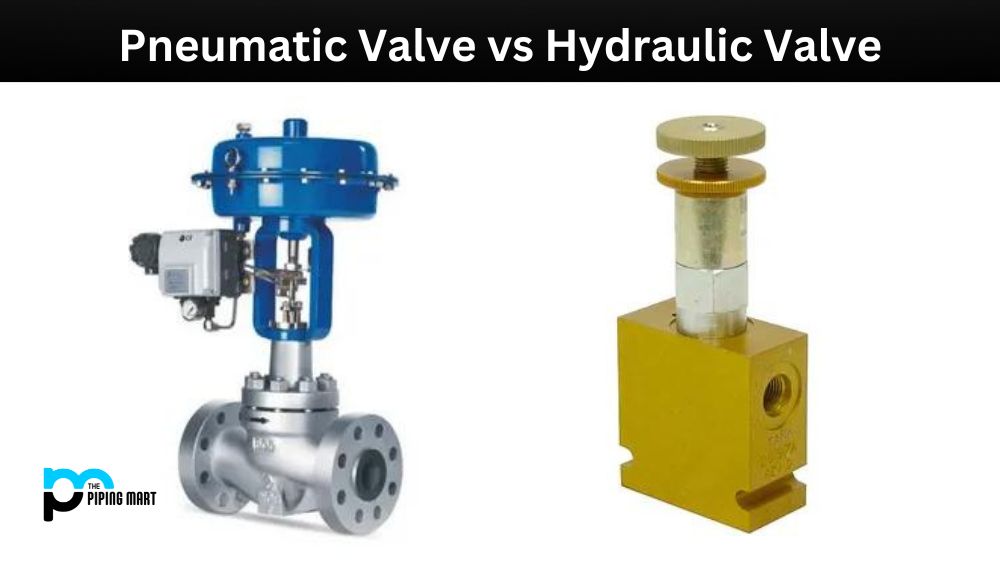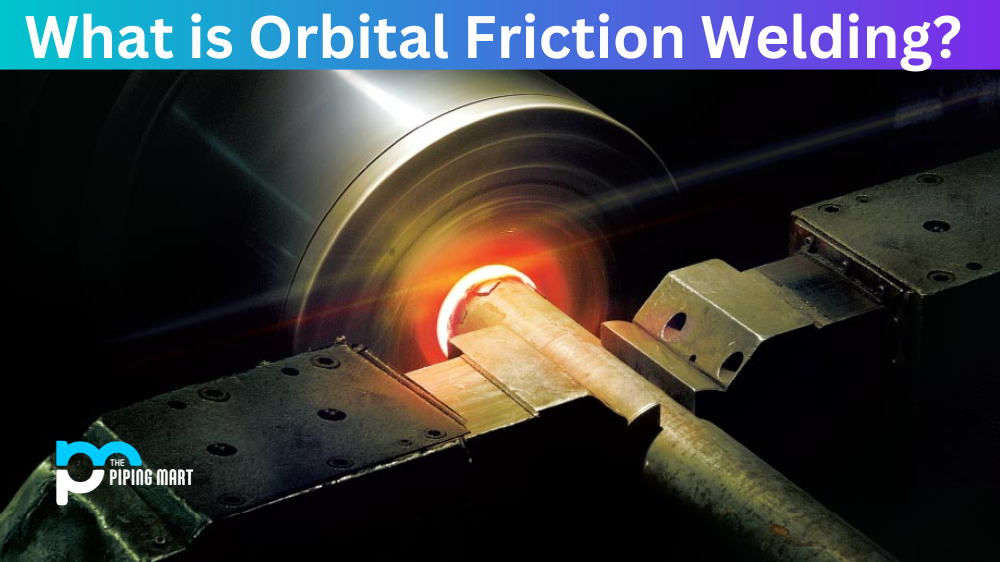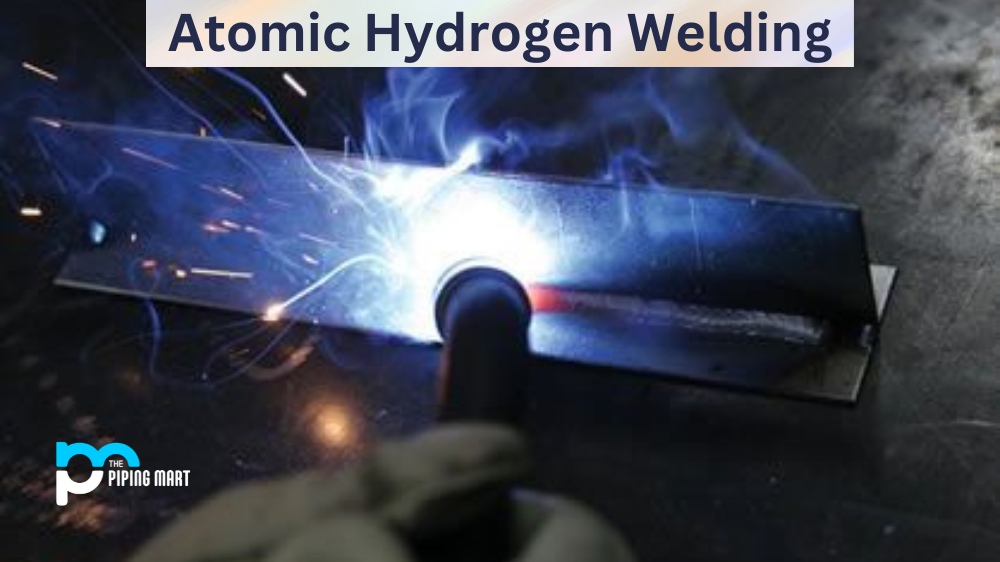Regarding fluid power systems, valves are an integral component as they control and regulate the flow of fluids. However, pneumatic and hydraulic valves serve different purposes. This blog post will explore the differences between pneumatic and hydraulic valves, their applications, and their advantages to help you choose the right valve for your application.
What is Pneumatic Valve?
A pneumatic valve is a device used to control airflow or other gases. It uses compressed air, usually at a regulated pressure, to open and close valves that direct airflow into different paths. The most common use of this type of valve is in automation systems, where it can be programmed to handle specific tasks. Pneumatic valves are also widely used with sensors and actuators for controlling fluid flow in industrial processes.
What is Hydraulic Valve?
Hydraulic valves are devices used to control the flow and pressure of fluid in hydraulic systems. They work by controlling the movement of pressurized liquid, either freely or through a predetermined sequence. The two main types of hydraulic valves are directional control and pressure control valves, which come in several varieties depending on what they need to accomplish.
Difference Between Pneumatic Valve and Hydraulic Valve
Fluid medium
Pneumatic valves use air or gas that is compressed or pressurized to generate motion, while hydraulic valves use liquid or fluid under pressure, such as oil or water. Air is an ideal fluid medium for machines that require fast and smooth operating cycles, while fluid is best suited for machines that operate under high pressures.
Pressure Rating
Pneumatic valves generally operate at lower pressures than hydraulic valves, typically 100 PSI to 150 PSI, while hydraulic valves generally operate from 1000 PSI to 5000 PSI. The reason for this is that compressed air can be compressed quite easily, while liquids do not compress easily.
Applications
Pneumatic valves are commonly used in automation, robotics, and manufacturing machinery applications. In contrast, hydraulic valves are often found in heavy construction and agricultural machinery, where high power and high pressures are required to operate efficiently.
Advantages
Pneumatic valves offer several benefits, including lightweight, low cost, and safe operation, making them a popular choice for machinery that requires a high level of automation. They are also commonly used where electricity is not available or not practical. Hydraulic valves are less prone to leaks than pneumatic valves because hydraulic systems are sealed, and the fluid is not compressible, which means that hydraulic machinery can produce extremely high force at low speeds.
Maintenance
Pneumatic valves usually require minimal maintenance and are easy to troubleshoot, making them ideal for applications where downtime is not an option. On the other hand, hydraulic valves require regular maintenance, including the replacement of seals and filters, to avoid leaks and ensure optimal performance.
Conclusion:
In conclusion, pneumatic and hydraulic valves are two essential components of fluid power systems. Pneumatic valves are lightweight, low-cost, and easy to maintain, making them ideal for automation and manufacturing machinery. Hydraulic valves are more durable and operate at higher pressures, making them popular for heavy machinery and construction equipment. When selecting a fluid power valve, consider the system requirements, operating conditions, and application to ensure optimal performance.

Pipingmart is a B2B portal that specializes in metal, industrial and piping items. Additionally, we share the latest information and information about materials, products and various types of grades to assist businesses that are involved in this business.




